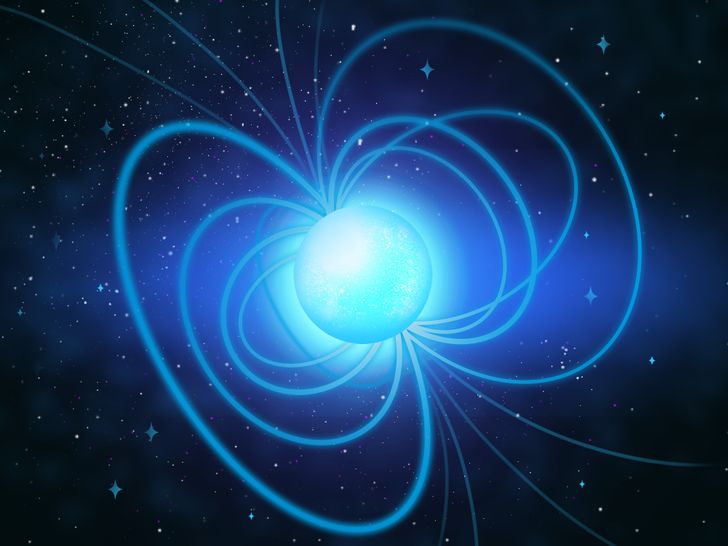A Guide on Types of Stars
Distances to stars are usually measured in light-years, and these values are so huge that all night stars seem the same to most people. However, the stars are as diverse as the rest of the things in our universe.
5-Minute Crafts is going to tell you about the main types of stars, from tiny dwarfs to supergiants.
Protostars
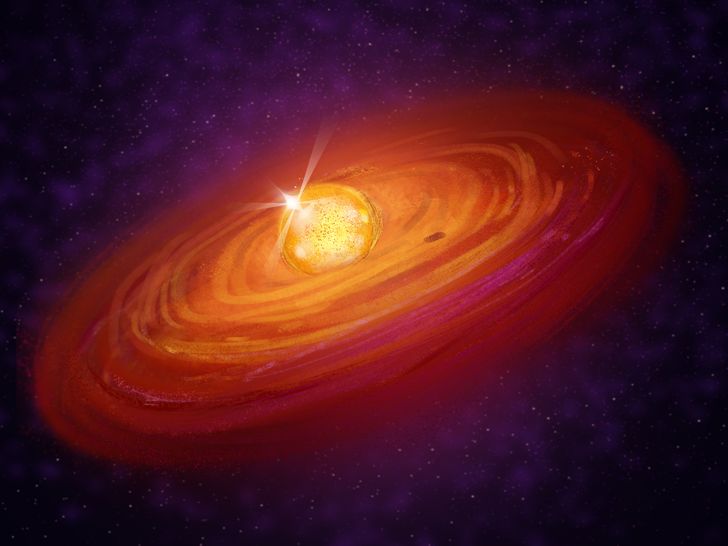
A protostar is a very young star at the beginning stage of its stellar evolution. It looks like a cloud of gas and dust that will later turn into a star. It’s because of this dust that surrounds the future star and blocks the light that makes it difficult to watch protostars. When the core temperature of a protostar exceeds 10,000,000 K, it becomes a main-sequence star.
Red dwarfs
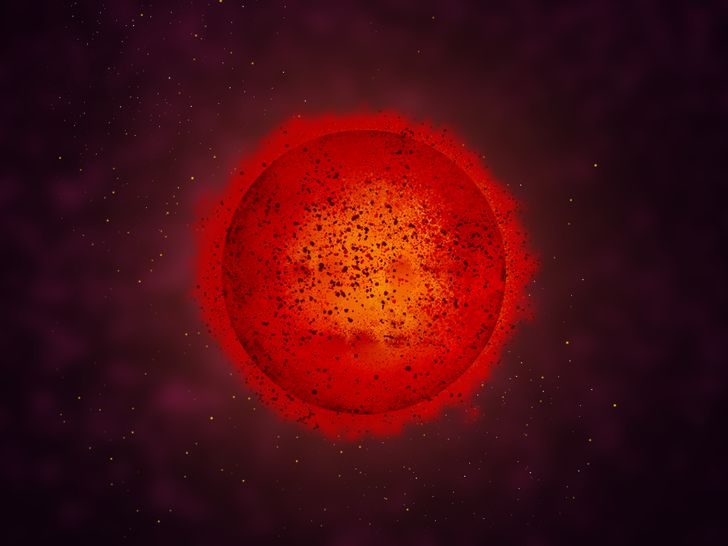
Red dwarfs are the stars of the main sequence, also known as the most popular type of stars in the universe.
The surface temperature of a red dwarf is approximately 2,500 K to 4,000 K. This is a relatively low temperature, which is why they bear such a color. Because of their small size and low mass, stars of this type evolve slowly, and their estimated lifetime is 100 billion years. One of the examples of a red dwarf is the Proxima Centauri star.
Yellow dwarfs
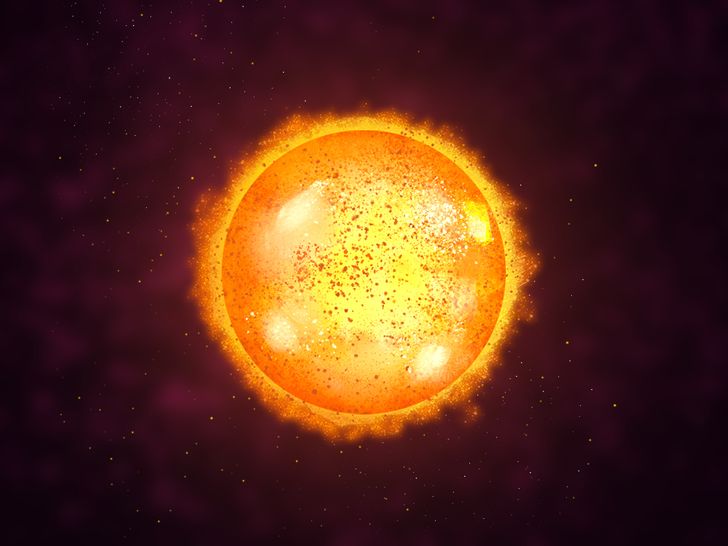
The temperature of such stars is approximately 5,300 K to 6,000 K. Like other main-sequence stars, yellow dwarfs convert hydrogen into helium in the core. The sun is the most famous star of this type.
In fact, the term “yellow dwarf” is not very correct because the stars of this type differ by color and can be white or have other brighter hues. For example, the sun has a white color, but due to the Earth’s atmosphere, its real color is distorted. It’s especially noticeable at sunrise or sunset.
Red giants
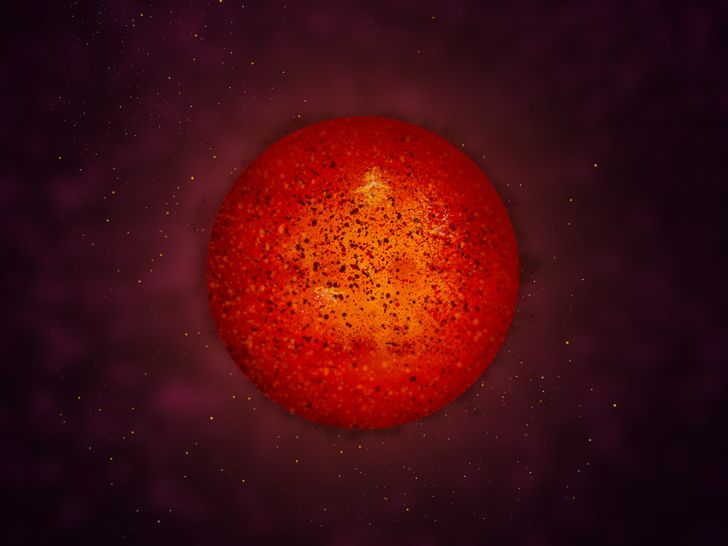
Red giants are dying stars at the last stage of their stellar evolution. They reach sizes from 62 million to 621 million miles in diameter, which is 100-1,000 times the size of the sun. Since the energy is distributed over a large area, the surface temperature becomes lower, reaching 5,000 K, due to which the star acquires a red tint. Aldebaran, the brightest star in the constellation of Taurus, is one of such red giants.
Blue supergiants
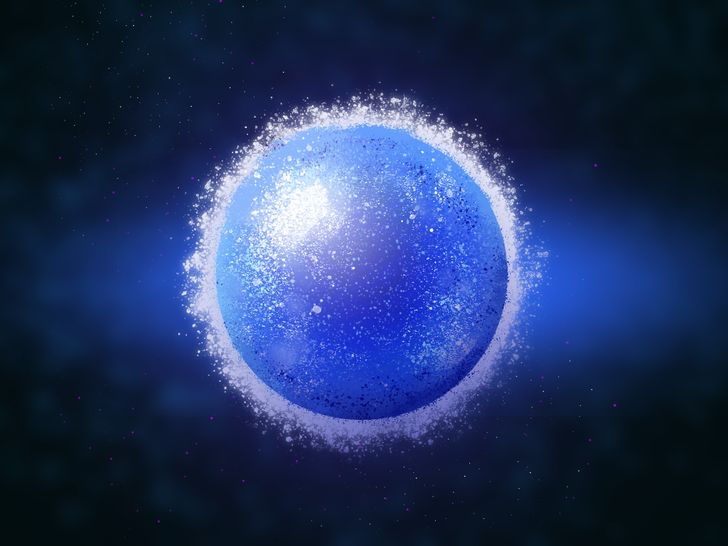
Blue supergiants are much larger than the sun but smaller than red supergiants. Their surface temperature is 10,000 K-50,000 K, and their luminosity is about 10,000-1,000,000 times that of the sun.
Such massive stars need a bigger amount of fuel to stay bright. When they run out of hydrogen, they start using helium in their cores, which makes the star burn hotter and brighter. Due to the received heat and pressure in the core, the star grows in size, approaching the end of its life, and its evolution ends in a supernova explosion. Rigel, one of the brightest stars in the night sky, is a blue supergiant.
Neutron stars
